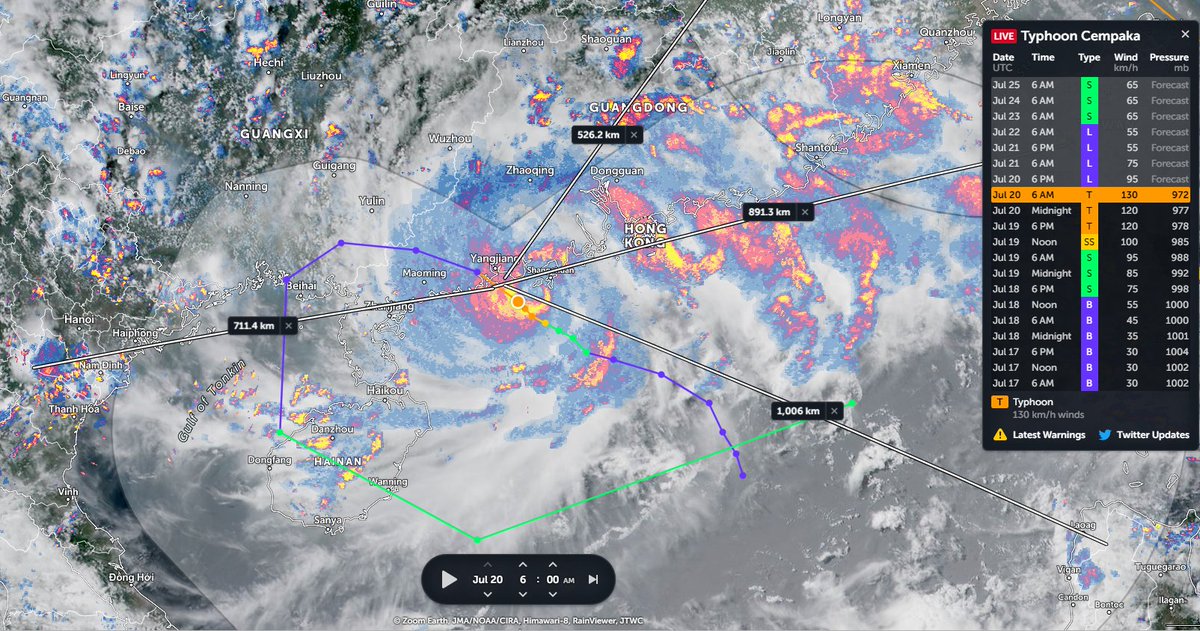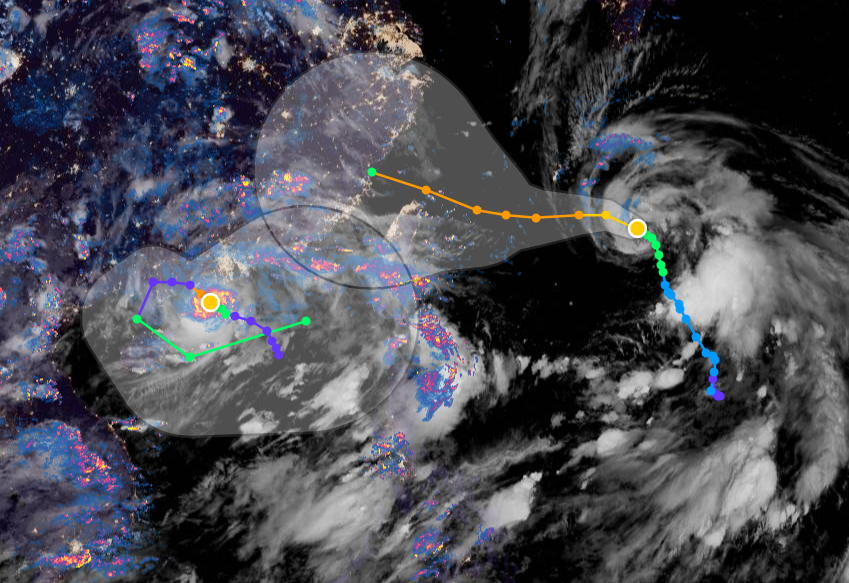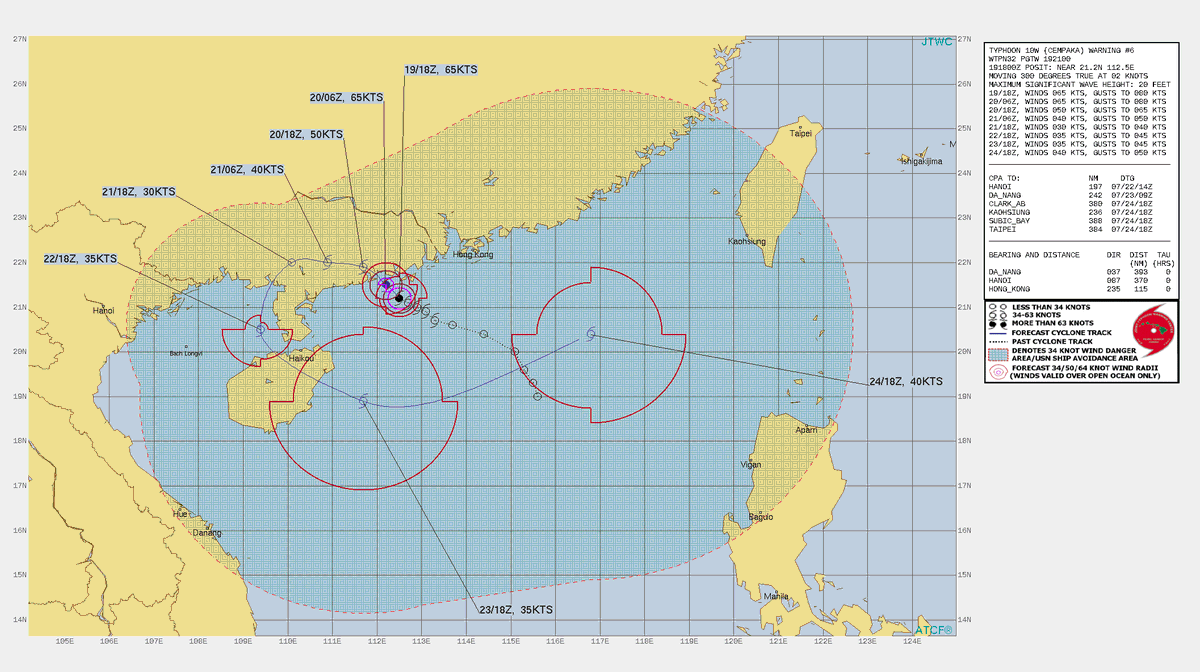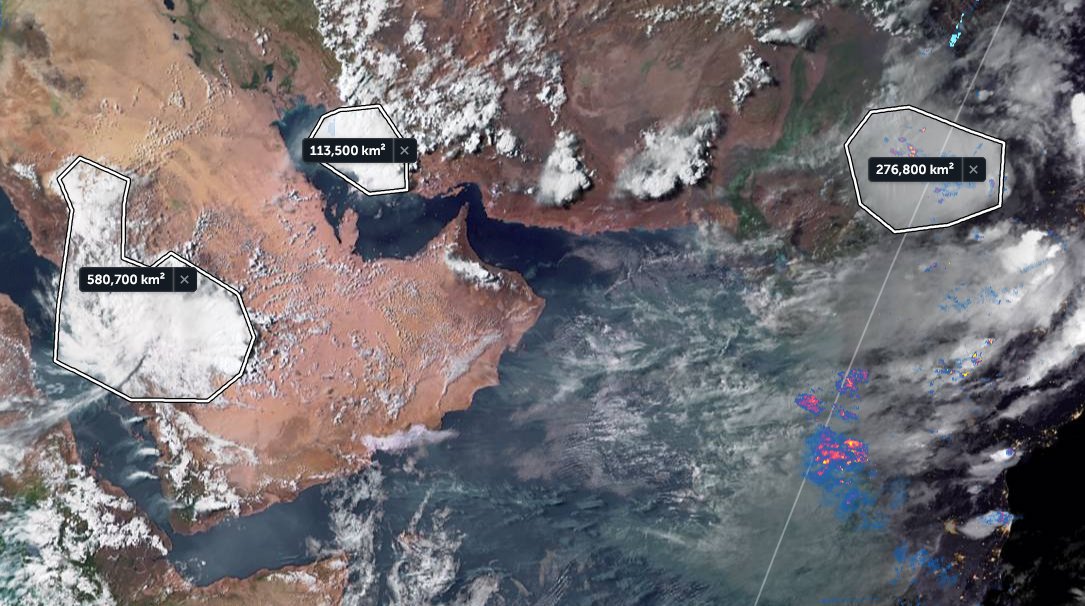
Today's #FabianPH #INFA, #Olympics, #Olympics2021 disruption update thread.
See yesterday's thread below.
TL/DR: There is a significant typhoon/extreme rainfall threat to Japan in the opening days of the Olympics.
See yesterday's thread below.
TL/DR: There is a significant typhoon/extreme rainfall threat to Japan in the opening days of the Olympics.
https://twitter.com/althecat/status/1416829308472119296
Here's a view of the two storms, #FabianPH / #INFA whose interaction is forecast to produce a 3rd storm in 4 days time which was forecast yesterday to arrive in Tokyo two days after the Olympics opening.
#Olympics, #Olympics2021
#Olympics, #Olympics2021
In the latest GFS 1hourly simulation model the solution remains the same as of today. A large typhoon like low (in terms of water content) will make landfall in Japan and stay over the country for some time bringing torrential rains during #Olympics2021
#Fabian #FabianPH #INFA
#Fabian #FabianPH #INFA
The animation above covers only the first five days. Here we see the full GFS Model simulation, over 16 days, from the 19th July 06hrs model run.
And this run actually looks worse than yesterdays. This solution contains is a complete mess of small low pressure systems.
And this run actually looks worse than yesterdays. This solution contains is a complete mess of small low pressure systems.
And this is the associated rainfall simulation solution for Japan. The maximum rainfall number in this plot is 30.7 inches (780mm).
Here you can look at the rainfall totals a little more easily
Image one: 138 hours (July 25th).... before the storm arrives
Image two (5 days later): 258 hours (July 30th)
In this forecast nearly all the rain falls over four days, 25th to 29th.

Image one: 138 hours (July 25th).... before the storm arrives
Image two (5 days later): 258 hours (July 30th)
In this forecast nearly all the rain falls over four days, 25th to 29th.


This forecast shows this in 6 hourly increments.
The Olympic Facilities are mostly in downtown Tokyo. And we have forecasts which can more precisely target that area. 



Firstly the 6-hourly rain forecast.
And the accumulated rainfall forecast.
Note this does not begin at zero. But no rain is expected in Tokyo before the storm arrives. If it arrives.
Note this does not begin at zero. But no rain is expected in Tokyo before the storm arrives. If it arrives.
In this forecast the Olympic facilities very narrowly miss the heaviest rainfall. Here Tokyo is shown receiving between 60 and 190mm of rain over 5 days,
Worst case scenario (based on this forecast) it could receive 400mm over four days. 250% of its July monthly average.
Worst case scenario (based on this forecast) it could receive 400mm over four days. 250% of its July monthly average.

The winds of course arrive earlier. This forecast begins next Friday (July 23 the day of the opening ceremony) and runs for six days.
In this forecast the Olympic facilities area seems to be in an inopportune spot.
This forecast shows sustained winds of between 30 and 60kmh (with gusts higher speed) for four days till the 27th then dropping back briefly before continuing to the end of the forecast on July 29.



This forecast shows sustained winds of between 30 and 60kmh (with gusts higher speed) for four days till the 27th then dropping back briefly before continuing to the end of the forecast on July 29.




DISCLAIMER NOTE: As this forecast is for a storm which has not yet formed, it remains fairly speculative. But something similar to this, perhaps with different timing and location is definitely on the cards.
/ENDS
@Threadreaderapp unroll
/ENDS
@Threadreaderapp unroll
• • •
Missing some Tweet in this thread? You can try to
force a refresh




















